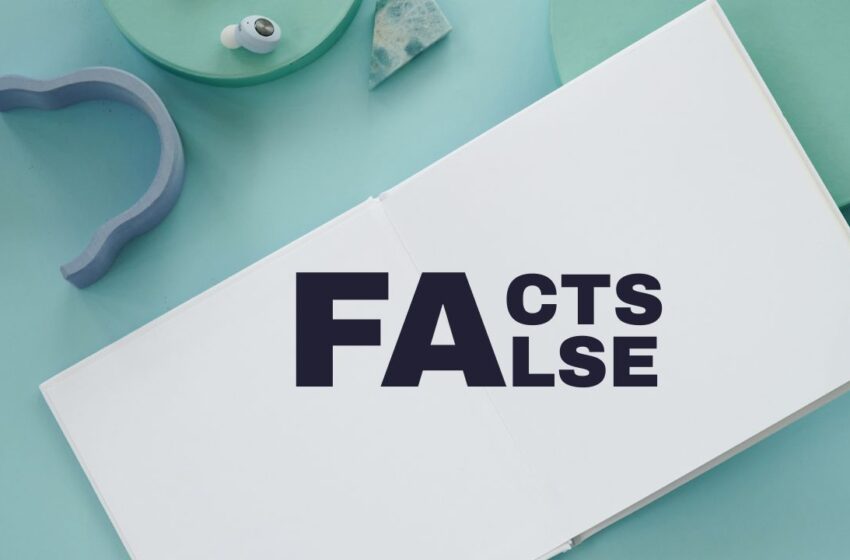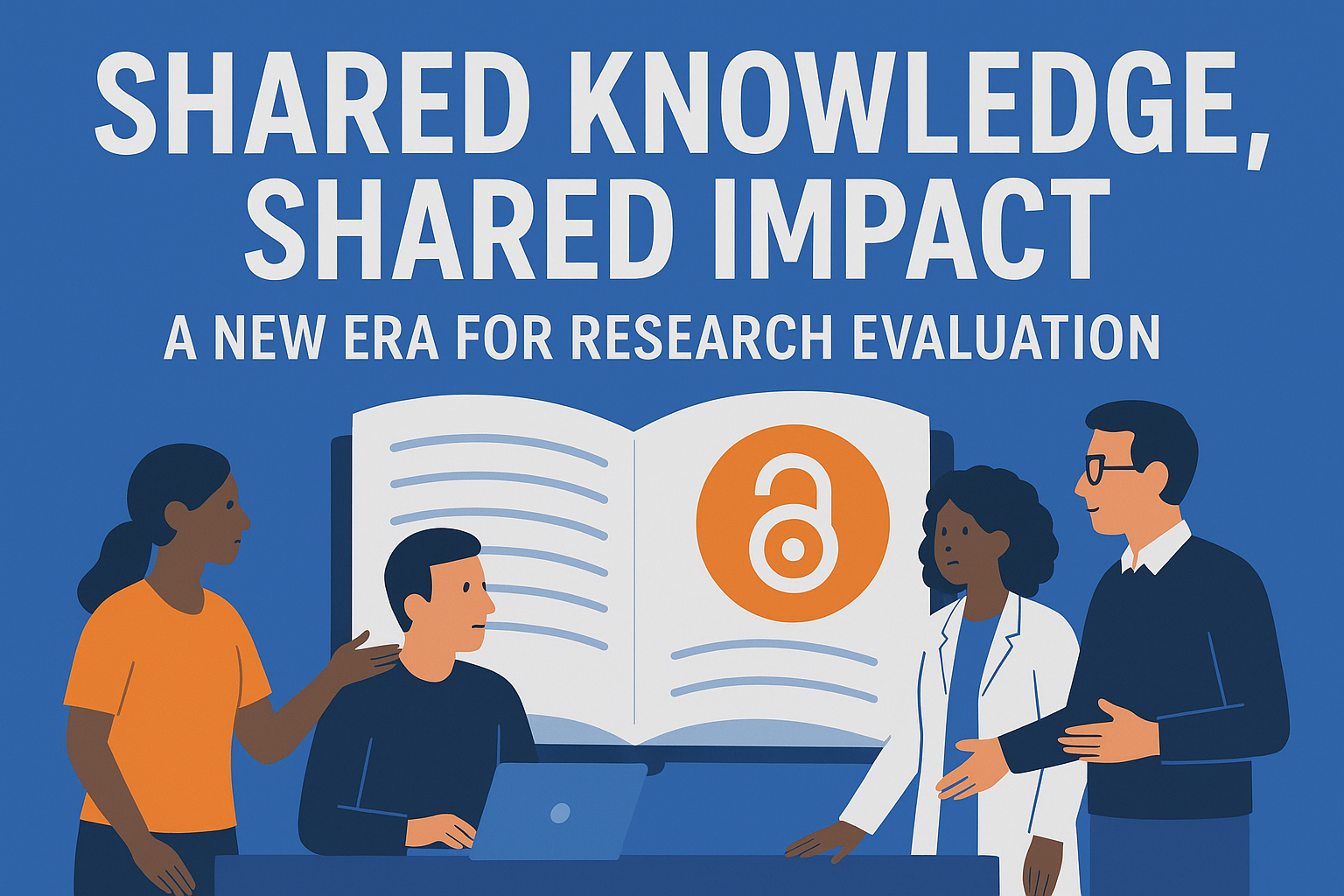Fact or Fluff? A Guide to Evaluating Sources

Do you question the credibility of a source before citing it in a research paper? If your answer is “No,” it’s time to change it to a “Yes.” Here’s a succinct guide to evaluating sources for your research.
Why Evaluation of Sources Matters
As researchers, we have the responsibility to not only disseminate right knowledge but also to avoid misleading readers. When you write a research paper by consulting various sources, the information should be authenticated, checked for credibility, and thoroughly validated. How does this help you?
Apart from upholding your reputation in the scholarly community, you can build a trusted relationship with your audience. Also, your work will receive the recognition and citations it deserves!
Methods for Evaluating Sources
Determine the relevance of sources
Start by identifying whether the source is relevant for your topic. There are two types of evaluations that can help you here: preliminary and in-depth evaluations.
1. Preliminary evaluation
Reading all potential sources completely is an impossible task! So first, refer to the table of contents or the index to understand the scope of the work. Then, focus on parts of the work rather than reading the entire research paper.
For instance, read the abstract, introduction, and conclusion to glean information about what the study entails. This should help you learn if the source provides inputs that are relevant to your study topic. If it doesn’t, you can move on to other more relevant sources and examine them.
2. In-depth evaluation
Once the preliminary evaluation is complete, you need to dig deeper to look for studies that are most relevant to your research topic. Here are four questions to answer:
- How does the source respond to questions that are currently influencing research in your field?
- How does the source engage with major research publications that have shaped the research field?
- Are there any experimental methods/techniques that are currently dominating the field? Does the source consider these latest trends?
- What are the gaps in the research field that can be addressed through your work?
This evaluation will help you finalize the works that are best suited for citations in your study. Next, move on to determining their quality and credibility.
Check the timelines
How recently was the study published? If the research paper is 20 to 25 years old, the information presented is most likely outdated. There may be studies conducted on the same topic that report updated findings. And because scientific writing relies on latest, up-to-date information, be mindful of the works you choose to cite in your work.
Differentiate between facts and opinions
Pay attention to the language used by the authors. Typically, objective language is an indication of fact-based writing, whereas emotional language represents an opinion piece. This is especially important when you intend to cite online blogposts as your references.
Example
Fact
Here’s a sentence from an IPCC report on climate change: “The report shows that emissions of greenhouse gases from human activities are responsible for approximately 1.1°C of warming since 1850-1900.”
Opinion
If I were to write a blogpost on climate change, I would say: “What’s terrifying is how fast our planet is deteriorating, and how painfully slow we are in taking action to protect it.”
Notice the use of precise data (e.g., 1.1 °C) and the mention of actual causes (e.g., emissions of greenhouse gases) in the first statement. Also, you will not see any personal opinion or an emotional tone, indicating that the author has been objective. On the other hand, the second statement not only uses emotionally triggering words (e.g., terrifying, painfully slow), but also fails to provide any concrete data or reasoning. This clearly shows that the author is presenting a judgement from a personal or societal viewpoint.
Identifying such differences will help you further shortlist suitable sources for your work.
Cross-check the secondary sources
Be sure to examine the bibliographic citations or the list of references in your source. These “secondary sources” will help you confirm the accuracy of the information presented by authors in their papers, increasing its credibility.
Use the details of authors, titles, and other publication information to search for these sources in library catalogs or online databases. Platforms like ProQuest and R Discovery can help you in this task.
Determine the credibility of a source
When it comes to digital sources, you need to be aware of the difference between various domain extensions. Here are some common domain extensions that you are likely to encounter:
- .com – a commercial website
- .org – a website owned by an organization
- .gov – a government-operated website
- .edu – a website used by an educational institution
- .net – a website operated by network providers
Although there is no definite rule, “.com,” “.net,” and “.org” can be typically used by anyone. Does this mean that .edu and .gov are the only credible ones? Not necessarily. You will have to go beyond domain extensions, such as examining the author details, to validate the credibility of a source.
Summary
- Do not rely on a single source; always cross-reference the information in multiple sources to strengthen its credibility.
- Check whether the findings and conclusions are sufficiently supported by evidence. If secondary sources are mentioned, examine them closely to further validate the evidence.
- Confirm the reputation of publications and authors through thorough referencing. Your familiarity with your research field will come in handy here!
- Use genuine tools and platforms that are well-established in the scientific field. Be wary of using free or publicly handled websites such as Wikipedia.






